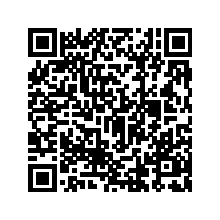Ultrafast fabrication of micro-channels and graphite patterns on glass by nanosecond laser-induced plasma-assisted ablation (LIPAA) for electrofluidic devices
Shujia Xu, Bin Liu, Chengfeng Pan, Lei Ren, Biao Tang, Qiankun Hu, Lelun Jiang*
Journal of Materials Processing Technology Volume 247, September 2017, Pages 204-213
原文链接:https://doi.org/10.1016/j.jmatprotec.2017.04.028
Abstract
Electrofluidic devices have attracted tremendous interest in the fields of biology, chemistry and medicine. A laser-induced plasma-assisted ablation (LIPAA) combined with successive electroplating was proposed to fabricate the electrofluidic devices in a fast and cost-effective way. LIPAA can form micro-channels and sputter coat a graphite pattern on glass by tuning of the process parameters. The graphite film can be selectively coated on both the glass and sidewalls of micro-channel by the laser-induced plasma and laser shock. The porous graphite film was composed of a graphite deposition layer and a glass-graphite recast layer. The width of the graphite film can be adjusted by the scanning interval and scanning number. The graphite film has strong adhesion due to the anchor effect and the glass-graphite recast layer. The adhesion strength and conductivity of the metallization pattern can be dramatically enhanced by electroplating Ni on the graphite film. Two electrofluidic devices, including a micro-heater chip and a droplet-based electrofluidic chip, were fabricated and measured, which further demonstrated the flexibility and feasibility of the LIPAA method. LIPAA is promising for the rapid and low-cost fabrication of glass electrofluidic devices.
Keywords: Electrofluidic; Glass; Micro-channel; Electrode; Pattern; Nanosecond laser direct-writing; Selective sputter coating; Electroplating


